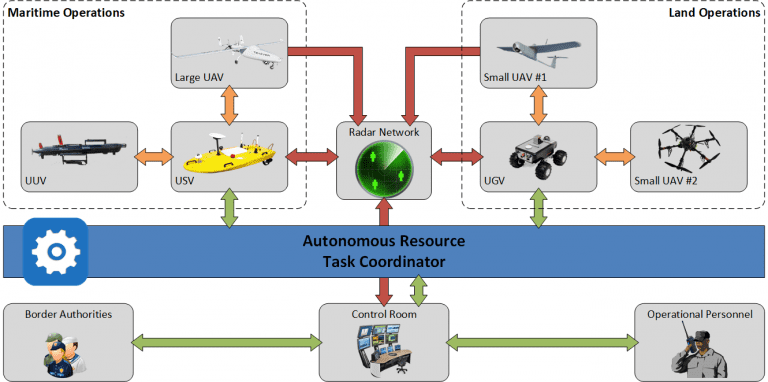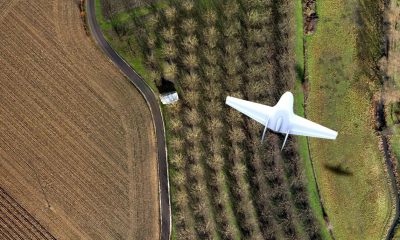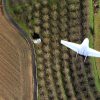AI
Autonomous Drones May Soon Patrol Europe’s Borders
The European Union is financing a project to develop drones piloted by artificial intelligence and designed to autonomously patrol Europe’s borders. Developers of the project, known as Roborder, say the robots will be able to identify humans and independently decide whether they represent a threat. If they determine that you may have committed a crime, they will notify border police.
Roborder the £7.7m multiyear project, relies on a host of unmanned vehicles operating in swarms, coordinating and corroborating information among fleets of large submersibles to tiny flying quadcopters, small fixed-wing airplanes, ground vehicles, submarines, and boats- to detect and identify illegal cross-border criminals, from smugglers to people traffickers.
The drones will be equipped with a sophisticated array of sensors to locate and film potentially illegal activity, but will not be armed or authorised to intercept or interdict suspects. The information will be beamed back to a manned control room, from where human teams can be dispatched to conduct arrests.
The AI driven network of land, sea and air robots, officially described as an ‘Autonomous Swarm of Heterogeneous Robots for Border Surveillance’ and has multi-national support from border authorities and Law Enforcement Agencies (LEAs) across Europe, will ‘Exploit aerial (UAV), water surface (USV), underwater (UUV) and ground (UGV) vehicles’. The project is being developed by a consortium of border controls and collaborators in Portugal, Estonia, Italy, Greece, Bulgaria, Romania and Hungary, where the pilots will be tested. Its lead coordinator is located in Lisbon, Portugal.
An official statement on the Roborder website listed its aims for three upcoming pilots that will cover different scenarios and security breaches.
- The first of the three pilots will aim to identify early tracking of illegal activities that includes ‘unauthorised sea border crossing and land border crossings’. It will be deployed at the Bulgarian-Turkish borders to track and monitor illegal activities and use microwaves from cell phones to track individuals and identify human activity and also monitor the movement of illicit substances and detect explosive devices.
- The second will track illegal communications and try to prevent drug and weapons smuggling, as well as human trafficking by picking up wireless communications that mask such activity.
- The third pilot will try to detect early signs of pollution accidents at borders such as spills.

There are a number of security and human rights concerns related to the project:
Professor Noel Sharkey from the University of Hallam, which incidentally, is a collaborator of Roborder, is a lead member of the committee- The International Committee for Robot Arms control (ICRAC) which is supporting the Campaign to Stop Killer Robots and has also voiced concerns about the rise of technology that could support ‘killer robots’ in general.
In an interview with the Italian magazine Il Manifesto, Professor Sharkey explained the fatal dangers of the technology as weapons: ‘At the beginning of the Stop Killer Robot campaign we were accused of wanting to slow down innovations. We just want to prevent two functions of the machines: target selection and targeting.’
According to The Intercept Roborder’s technology could easily be used for militarisation. However, in their grant agreement, Roborder’s developers told the European Commission that they did not foresee any exports of their technology outside of the EU. The developers would not comment on the potential for military sales after the project cycle ends.
Drone cameras will not use facial recognition technology within the scope of the project, explained Ioannidis, Roborder’s technical manager, nor will they be able to determine any human characteristics, such as height, weight, age, skin colour, or perceived gender. “The system will only identify that ‘this object is human,’” he added, “nothing more.”
The aim is implementation of a heterogeneous robot system with enhanced detection capabilities for early identification of criminal activities at border and coastal areas along with marine pollution events.
























